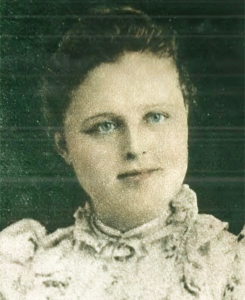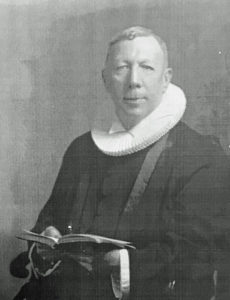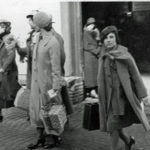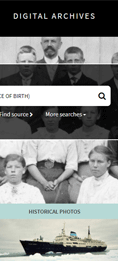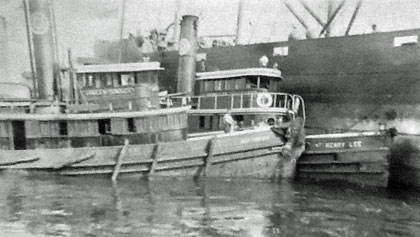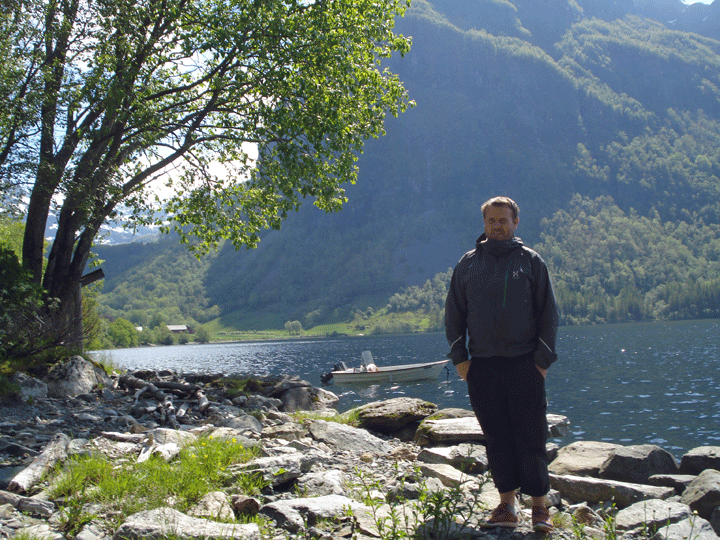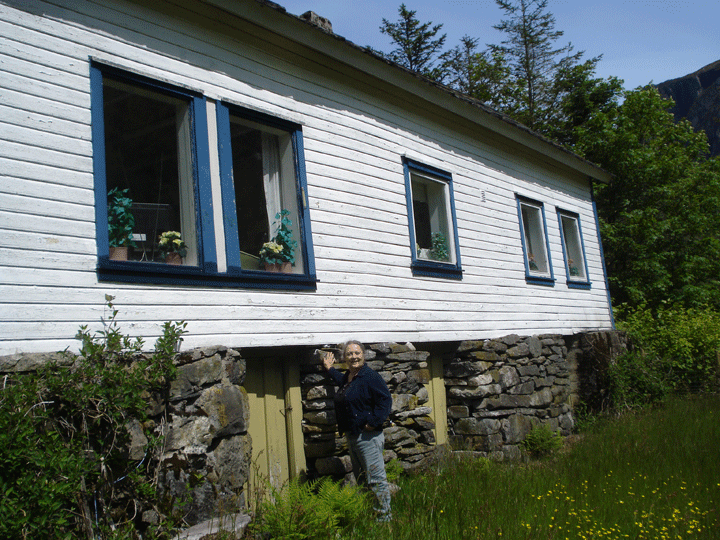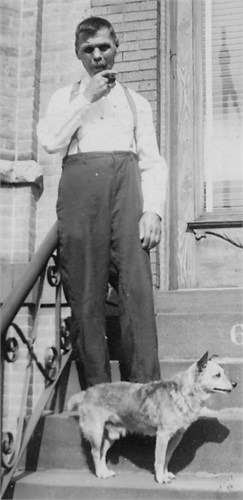When my cousins do DNA tests at my request, I reward them with a family tree that goes back several hundred years. Of course one line (mine) is already done! This has been great fun for me as I have learned much about early America by researching my relatives’ ancestors (I have no colonial ancestry of my own).
However Norway, my father’s ancestral land, is my area of expertise. Many Norwegian records are online in their free archives and many localities have local history books or farm books, available at a few genealogy libraries like the one in Salt Lake City. Called “bygdebøker,” these books include the genealogy information for the people on each farm. Click here for the family search wiki entry about “Norwegian Farm Books.”
There is also a fabulous Norwegian genealogy group on FaceBook with many helpers who speak Norwegian. Plus there is an online OCR program for Norwegian that works well for turning those farm book entries into text so google can translate them; click here for my blog post on using it.
My second cousin once removed, Jeanie, is descended from one of my grandad’s older brothers, Christian Munson, a midwestern minister, and his wife Matilda Anderson, She is a maternal line ancestor (think mtDNA) who was the mystery to solve. Matilda’s story is sad in that she had some sort of breakdown after her last baby died of encephalitis (yes I looked at the death record) and she was institutionalized for the rest of her life. They were living in Brooklyn at the time so there are many records both online and at the municipal archives which I visit twice a year (along with my NYC based grandchildren).
With a name like Matilda Anderson, I expected it to be difficult to find her ancestors, but luckily I found a marriage record on Ancestry for her and Christian Munson in the Lutheran church records. Church marriage records are wonderful because they have the names of the two fathers, if you can read the script.
Continue reading
